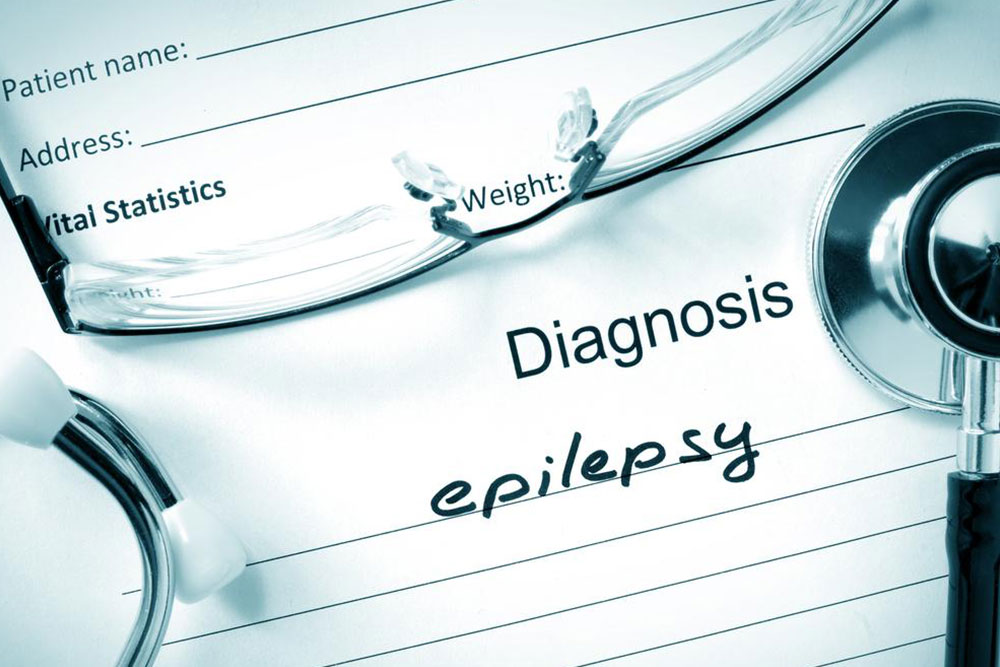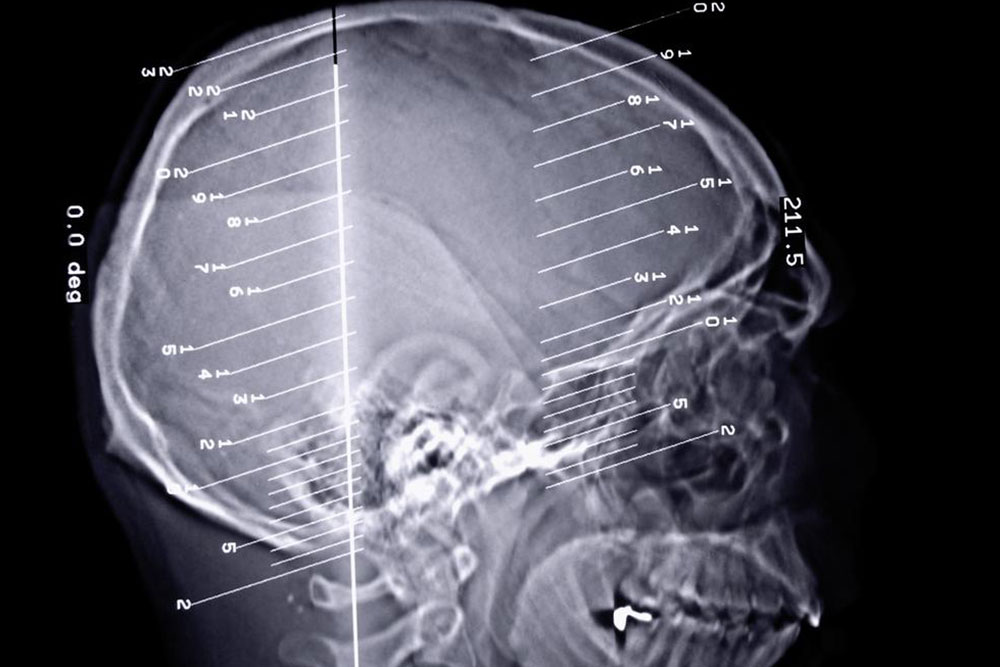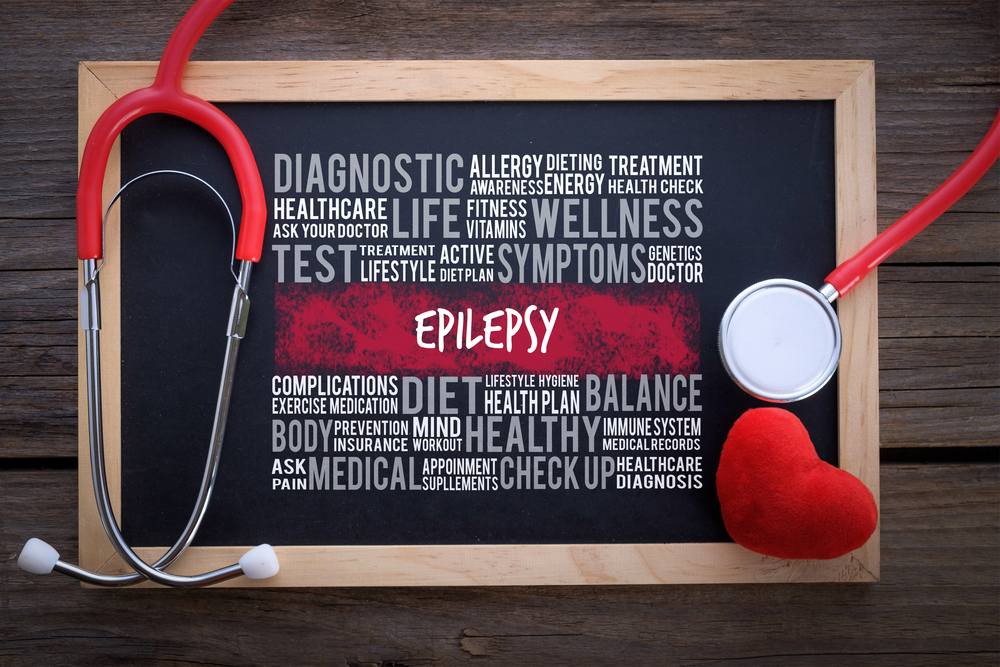Understanding Epilepsy: Causes, Symptoms, and Treatment Options
This comprehensive overview explores epilepsy's causes, symptoms, and treatment strategies. It outlines types of seizures, risk factors, diagnostic approaches, and first aid tips, empowering individuals and caregivers to better understand and manage this neurological condition for improved quality of life.

Understanding Epilepsy: Causes, Symptoms, and Treatment Options
Epilepsy is a neurological condition marked by repeated seizures caused by abnormal electrical signals in the brain. It can affect people of all ages, impacting daily routines and well-being. Recognizing its root causes, typical signs, and available treatment methods is essential for managing the condition effectively and improving quality of life.
What Is Epilepsy?
Epilepsy is a long-term disorder featuring recurring, unpredictable seizures. Seizures happen when electrical activity in the brain surges unexpectedly, temporarily disrupting normal functions. Diagnosis is confirmed after experiencing two or more unprovoked seizures.
Signs and Symptoms
Signs differ based on seizure type and brain area involved. These may include:
Convulsions: Uncontrolled jerking movements of limbs.
Loss of consciousness: Brief episodes of awareness loss or fainting.
Staring spells: Extended periods of unresponsiveness resembling daydreaming.
Aura: Sensory warnings, like strange smells or tastes, before a seizure.
Confusion: Difficulty speaking or understanding surroundings.
Emotional shifts: Sudden feelings of fear or joy without clear reasons.
Not all seizures show obvious signs; some may involve subtle repetitive movements or brief unresponsiveness.
Causes and Risk Factors
Multiple factors can lead to epilepsy. Key causes include:
Genetic factors: Certain forms tend to run in families.
Brain trauma: Injuries from accidents can trigger seizures.
Infections: Conditions like meningitis or encephalitis damage brain tissue.
Stroke: Interrupted blood flow to the brain may cause seizures.
Developmental issues: Disorders like autism increase risk.
Prenatal problems: Oxygen deprivation or malnutrition during pregnancy impact brain health.
Brain tumors: Growths obstruct normal electrical activity.
Types of Seizures
Epilepsy encompasses different seizure types, mainly categorized as:
Focal Seizures
Start in one brain region.
Manifest as twitching, sensory changes, or confusion.
Generalized Seizures
Impact both brain hemispheres simultaneously.
Includes types like tonic-clonic, absence, and atonic seizures.
Seizures with Unknown Onset
Origin unclear initially.
Further tests classify as focal or generalized later.
Diagnosis
Proper diagnosis involves:
Medical history review of symptoms and episodes.
Neurological exam assessing brain function.
EEG tests to detect electrical anomalies.
Imaging such as MRI or CT scans for structural issues.
Blood tests to rule out infections or other conditions.
Management Strategies
Effective epilepsy management combines various approaches to control seizures and enhance life quality:
Lifestyle Changes
Get enough sleep to reduce seizure risk.
Eat a balanced diet for overall health.
Manage stress through relaxation techniques.
Avoid Triggers
Identify and steer clear of personal seizure triggers like bright lights, stress, or sleep deprivation.
Support and Education
Join support groups for shared experiences.
Educate loved ones on seizure first aid.
Emergency Preparedness
Prepare a seizure plan for emergencies.
Use a medical alert bracelet for quick identification.
Seizure First Aid
Knowing how to assist during a seizure can prevent injury. Basic steps include:
Stay Calm: Keep bystanders calm and offer reassurance.
Protect the Person: Cushion their head and keep unsafe objects away.
Do Not Restrain: Let the seizure run its course.
Time the Seizure: Seek emergency help if lasts over 5 minutes.
Position Safely: Turn them on their side after seizure ends to prevent choking.
Adaptive management, early detection, and community support are vital for those with epilepsy. Awareness and proactive measures empower individuals to lead full lives.
References










